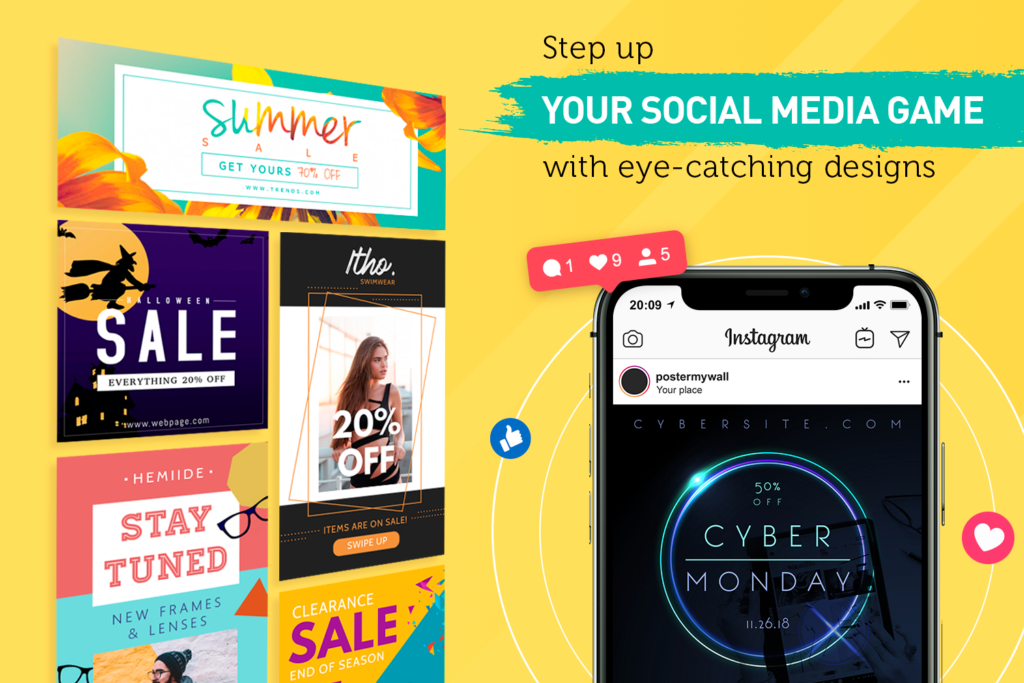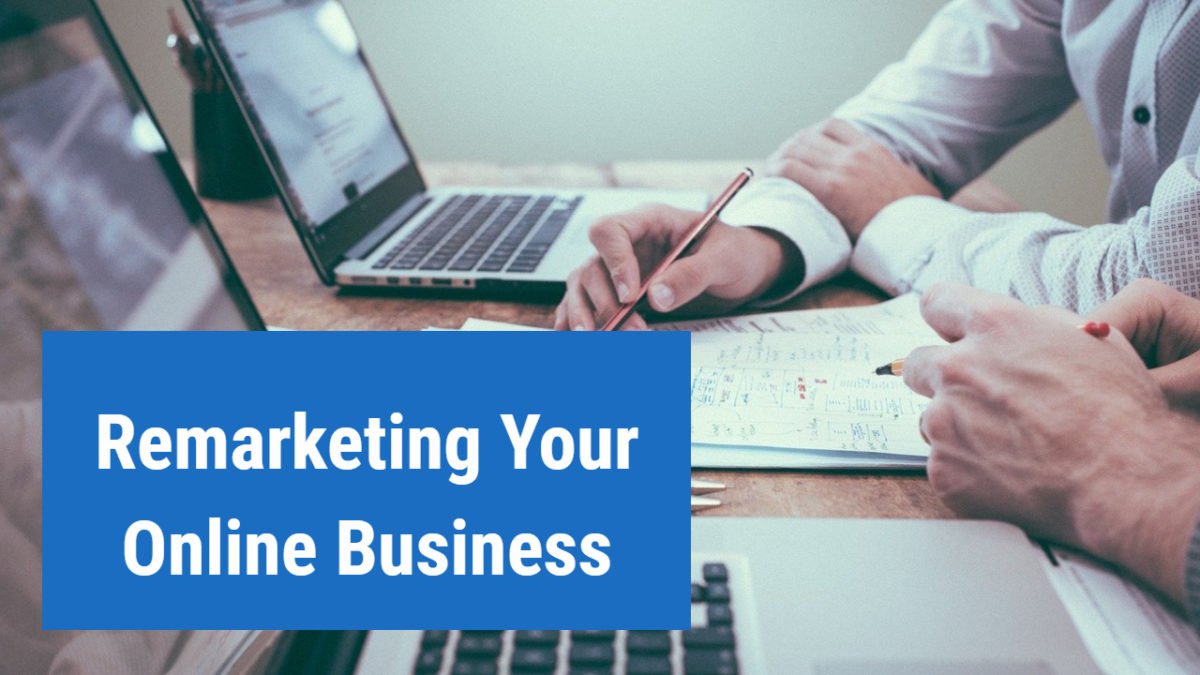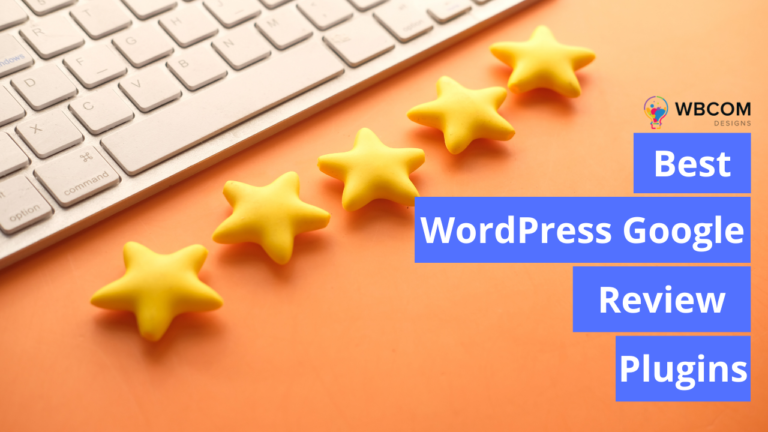Let’s say that you’ve taken the time and effort to set up your e-commerce website.
After tinkering with website builders, shaping your digital product lineup, and watching the numbers behind the scenes, you may wonder where you can best direct your efforts to improve engagement and convert customers.
Most of us invest into the deep end of our websites – perfecting product pages and enhancing the overall user experience – but this will show no results if your audience simply ‘bounces’ off your landing page. On average, a user will turn away after visiting one page on a website 58% of the time on desktops – with mobile expectations for the figure estimated to be 16% higher.
That’s a lot of wasted effort – and can be frustrating for a new online business looking to establish its digital footprint.
Fortunately, there’s a simple and effective solution that helps retain visitors and helps usher in your audience over time – and it’s called ‘remarketing’.
What Is Remarketing?
In simple terms, remarketing refers to the practice of targeting and engaging consumers who have already visited your website once. When a user visits your website, your browser picks up a ‘cookie’ – a small tag of information that allows you to further engage customers who have, in effect, slipped away.
Through targeted ads and other channels, you’re able to better cement your brand identity and help follow through on promising leads – consumers who have already shown a spark of interest in your company.
Why Is Remarketing Effective?

With the advent of digital advertising, consumers in the United States are exposed to a staggering 6,000 to 10,000 pieces of advertising content in a single day – which means that your ad efforts are likely to be drowned out amidst a cacophony of other brands.
Here’s how remarketing helps your business gain a powerful edge over the competition:
Converts an Already Engaged Audience with High ROI
By far, the easiest people to convert to your business are the ones who have already been exposed to it.
Pushing a complete stranger to your brand to buy your product is an uphill battle – when you remarket towards someone who has a degree of familiarity with your business, you are far more likely to attract them towards visiting once again and making a purchase.
It Helps with Brand Retention
Like we mentioned earlier, consumers are absolutely bombarded with advertising content – making it hard to remember a brand if you’ve seen it only once.
By remarketing, you help entrench your brand name into the minds of potential customers. While this may not necessarily result in an immediate purchase, it makes it much more likely for a consumer to remember and consider your brand when they think of making a purchase in your relevant niche.
It’s Flexible and Has A Wide Reach
Remarketing is also well-supported by various key platforms across the internet. You’ll find that you can target a past visitor easily through several different channels, and can tweak your remarketing efforts to hit the right ones for your product and budget.
Facebook, for example, has one of the most powerful remarketing setups in the world. If your product is highly visual, you can rely on Instagram and YouTube – if you want a generalist approach, Google also allows you to target visitors and reel them in once more.
Highly Customizable

Consider the different kinds of customers who visit and then leave your website without converting. They have likely left your portal on different pages.
Remarketing also allows us to customize ads for groups who have left a website on specific pages – if your audience has left from a catalog page, specifically showing them new options could solve their initial apprehension and drive a sale.
Remarketing Strategies to Ensure Better Results
While remarketing is undoubtedly powerful, it requires a fair grasp of basic strategies to provide strong ROI and good results over time. Here are some good ideas that will help you gain the most out of a remarketing campaign:
Different Ads for Different Users
Different users naturally react differently and have different needs. This means that your remarketing campaign will benefit from broadly defining ‘types’ of customers, and then shooting out ads to target their specific interests.
Say you’re a sporting goods brand. If you see visitors who’ve left the website on a soccer jersey product page, you may want to target them with soccer-focused ads. Generic ads would be a wasted effort here – by exhibiting products that you already know a visitor is interested in, you’re far more likely to generate a sale.
Switch Things Up Across Your Segments
Over time, your remarketing campaign will lose steam if it presents the same old design to your potential customers. To avoid this, consider making several variations with minor differences. You can use online tools to effortlessly make a collection of media-friendly ads – with engaging variations in color, text, design, and layout to keep your brand presence fresh.
Using A/B Testing
A/B testing refers to the process of creating two different website variants – generally with differing design and layouts – for the purpose of determining which variant works best for an audience.
A/B testing allows you to fine-tune and better understand why page visitors have left – and how to best approach the task of bringing them back.
Resize Your Ads Based on the Medium

With remarketing, you’re going to want to spread your efforts on various targeting platforms – most of which come with different dimension requirements and specifications when it comes to remarketed ads.
Make sure to build ads that adhere to your chosen mediums’ requirements. PosterMyWall, for example, is a great website that allows you to quickly and painlessly resize ad content.
Choose Your Remarketing Targets Wisely
Not all consumers are created equal – at least not in the eyes of a business attempting to convert them.
On analysis, you’ll likely find a wide spectrum of page visitors who dropped off before making a purchase. This usually ranges from those who simply bounced off the landing page to those who perused your products and added items to a cart, before leaving.
Naturally, the second group is far easier to turn into a paying customer. Consider bidding more aggressively on ad space when it comes to targeting this group, as they will provide you with a much higher ROI.
Think International
Depending on your business model, you may have a product or service that draws attention overseas. While this is great news for your potential audience size, it also means that people who do not speak your website language may bounce off in search of local options – France, for example, is a country where only 39% of the population are fluent in English. This means that potentially, you might lose over half of all French consumers who find your website.
If you have enough foreign visitors to justify the effort, you can turn this situation around. After creating a translated website, you can target old visitors from certain countries with remarketing ads in their native languages – informing them that your website is now accessible to them.
Don’t Ignore Existing Customers
It might sound strange to spend ad revenue on a person who is already a loyal customer – but the numbers tell a different story. In Marketing Metrics, it’s reported that selling to a newcomer is successful only about 5-20% of the time while returning customers can be expected to make a purchase during 60-70% of selling attempts.
This means that making your existing customer base part of your remarketing strategy is massively important. You can do this by using familiar ad copy, focusing on new product launches, and informing them about upcoming sales.
In summary, modern businesses need to understand that the value of targeted advertising goes far beyond just attracting new visitors to a web portal – it also involves retaining their interest, building brand loyalty, and converting them over a period of time.
Interesting Reads:
Maximize Conversion By Landing Page A/B Testing






